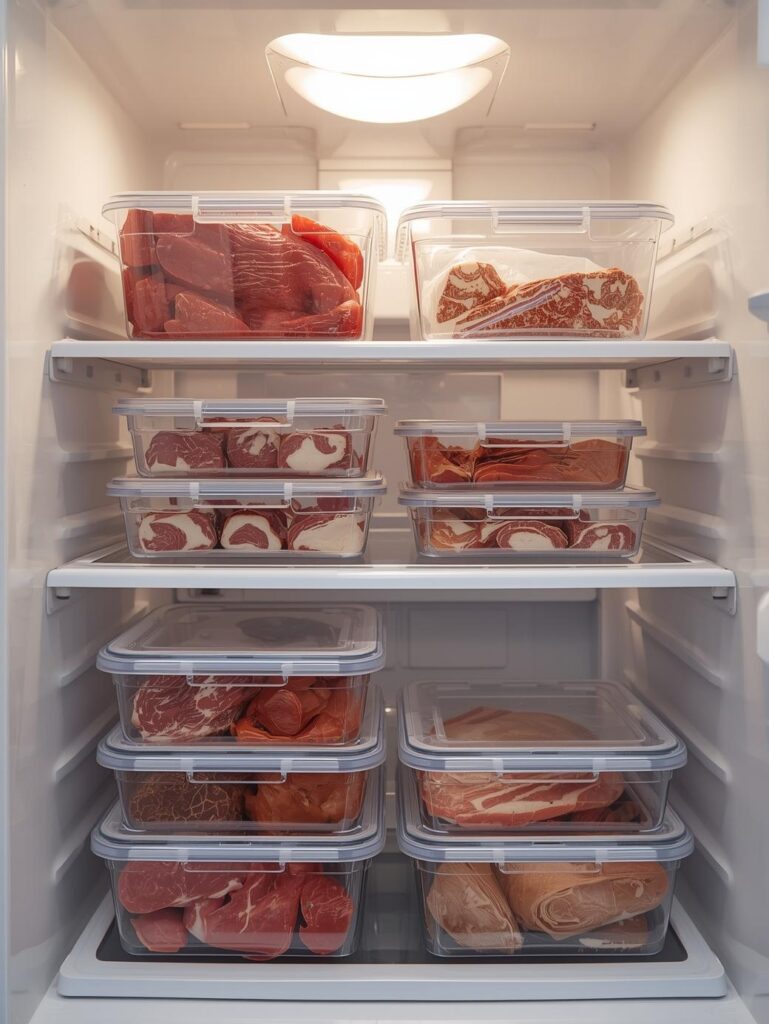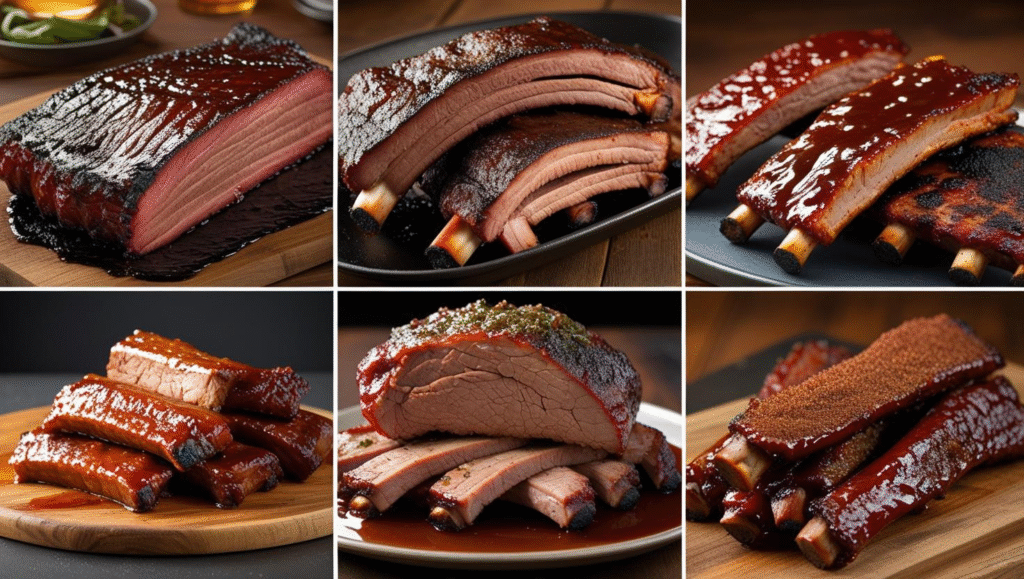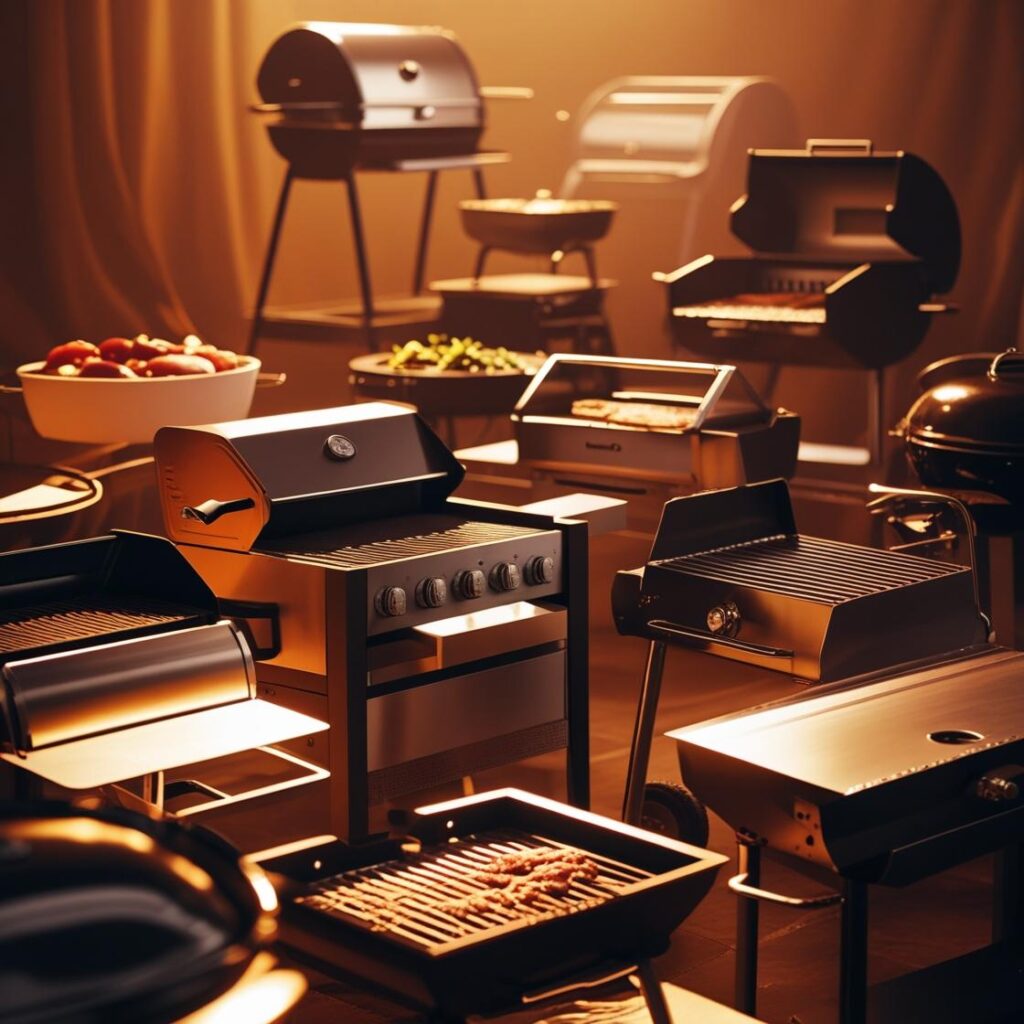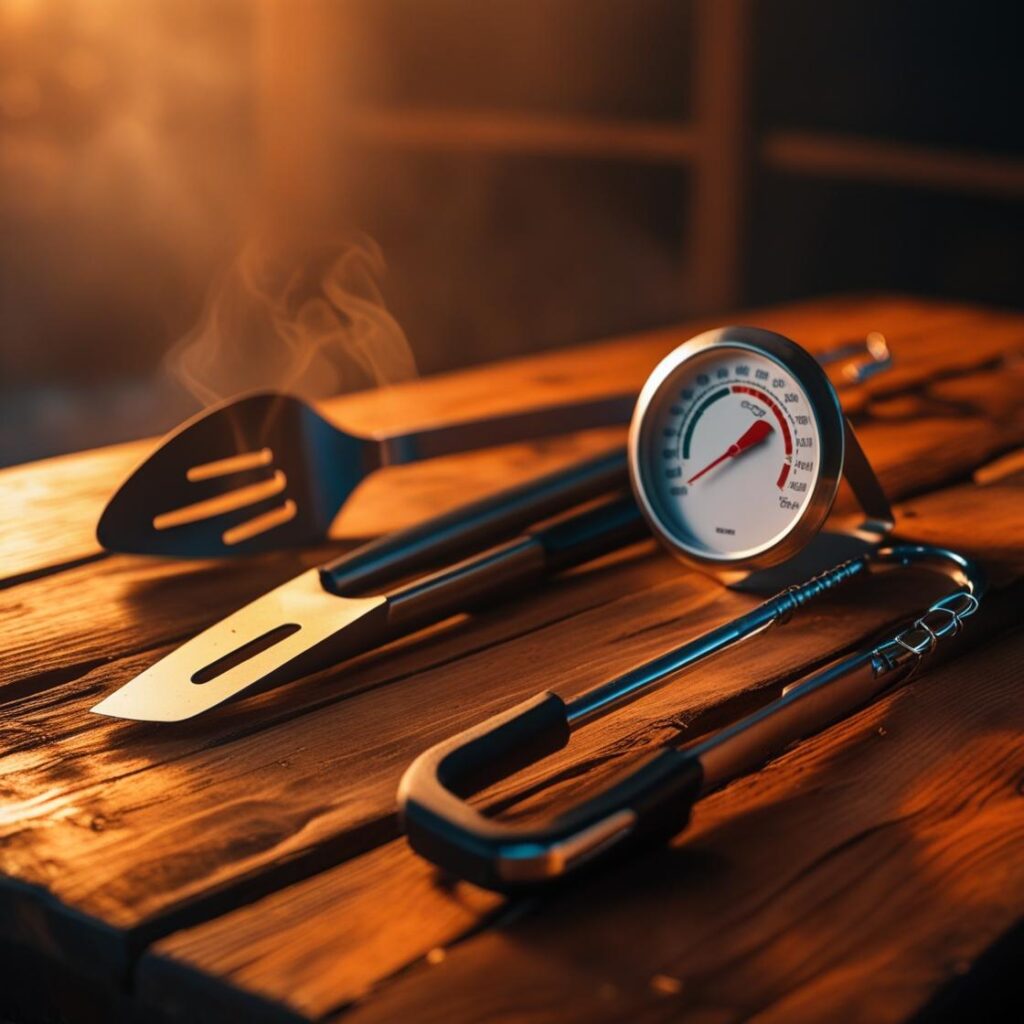7 Storage Errors That Spoil Fresh Meat Quickly
You’ve just bought a beautiful piece of meat—a well-marbled steak, a juicy pork chop, or a whole chicken. You’ve followed all the right steps in our guide on 5 buying mistakes to get a great cut. But if you don’t store it properly, all that effort and money can go to waste. A few simple storage errors can lead to rapid meat spoilage, rendering your delicious meal inedible before you even get a chance to cook it.
This guide is your essential lesson in food safety and proper meat storage. We’ve identified the 7 storage errors that most people make and provided professional fixes for each one. By learning how to store meat correctly, you can prevent spoilage, reduce food waste, and ensure your food is safe and delicious every time.
The Core Principle: The “Danger Zone” and Your Fridge
The key to preventing meat spoilage is to keep your food out of the “danger zone”—the temperature range between 40°F (4°C) and 140°F (60°C). In this zone, bacteria can multiply at an alarmingly fast rate, making your food unsafe to eat. Your fridge and freezer are your first line of defense against this, but they can only do their job if you use them correctly.
7 Storage Errors That Spoil Fresh Meat (and How to Fix Them)
1. Not Storing Meat Immediately
This is the most fundamental of all storage errors. Leaving meat out at room temperature for too long is a major food safety risk.
- Why it happens: When meat is left out on the counter, it quickly enters the “danger zone.” The longer it stays there, the more bacteria can grow, leading to rapid meat spoilage.
- Professional Fix: As soon as you get home from the store, put your meat in the refrigerator or freezer. Do not leave it in the car or on the counter while you unpack other groceries. The goal is to minimize the time it spends in the danger zone.
2. Storing Meat in Its Original Packaging
The Styrofoam tray and plastic wrap from the grocery store are great for transport but not for long-term storage.
- Why it happens: This type of packaging is not airtight. It allows air to circulate around the meat, which can cause it to dry out, turn a gray color, and develop a “funky” smell. The packaging can also leak, leading to a mess and cross-contamination.
- Professional Fix: As soon as you get home, unwrap the meat and place it in an airtight container or a resealable bag. This will prevent air from circulating and will keep the meat fresh for longer. For freezing, see mistake #7.
3. Storing Meat in the Wrong Place in the Fridge
The location of your meat in the fridge can be a major source of cross-contamination and spoilage.
- Why it happens: Many people place meat on the top shelf of the fridge, which can cause juices to drip onto other foods below it. This is a huge food safety risk and can lead to the spread of harmful bacteria like Salmonella and E. coli.
- Professional Fix: Always store your meat on the bottom shelf of your refrigerator. This is the coldest part of the fridge and ensures that if any juices leak, they won’t contaminate other food. This is a crucial one of the how to store meat tips that will prevent illness.
4. Not Labeling and Dating Frozen Meat
This is a common mistake that leads to guessing games and food waste.
- Why it happens: Without a label, you don’t know what cut of meat you have or how old it is. Meat that has been in the freezer for too long is more susceptible to freezer burn and a loss of quality.
- Professional Fix: When you put meat in the freezer, use a freezer-safe marker to label it with the type of meat and the date it was frozen. This simple step will prevent you from guessing and ensure you use the oldest meat first.
5. Thawing Meat Incorrectly
Thawing meat on the kitchen counter is a major food safety hazard.
- Why it happens: When you thaw meat on the counter, the outside of the meat can enter the “danger zone” and begin to grow bacteria, while the inside remains frozen. This is a prime example of a serious food safety risk.
- Professional Fix: The safest way to thaw meat is in the refrigerator. Just place the meat on a plate or in a container on the bottom shelf and let it thaw slowly. This can take a full day or more, so plan ahead. For faster thawing, you can submerge the sealed meat in a bowl of cold water, changing the water every 30 minutes.
6. Overcrowding the Fridge or Freezer
This can affect the temperature of your entire fridge.
- Why it happens: A packed fridge or freezer prevents proper air circulation. This can create “hot spots” where food isn’t being kept at a safe temperature, leading to faster meat spoilage.
- Professional Fix: Don’t overcrowd your fridge or freezer. Leave enough space for air to circulate around your food. A well-organized fridge is a safe fridge.
7. Not Sealing Meat Properly for Freezing
This is the number one cause of freezer burn.
- Why it happens: Freezer burn is caused by dehydration. When meat isn’t properly sealed, air comes into contact with its surface, causing moisture to evaporate and leaving you with a dry, discolored, and tasteless product.
- Professional Fix: For the best results, use a vacuum sealer. This will remove all the air from the package and prevent freezer burn entirely. If you don’t have a vacuum sealer, wrap the meat tightly in a layer of plastic wrap, then a layer of foil, and place it in a freezer bag. This will help to prevent air from getting to the meat. This is one of the best how to store meat tips for long-term use.
| Storage Error | Why It Happens | Professional Fix |
| 1. Not Storing Immediately | Allows bacteria to grow in the “danger zone.” | Put meat in the fridge/freezer as soon as you get home. |
| 2. Original Packaging | Not airtight, leads to spoilage. | Re-wrap meat in an airtight container or bag. |
| 3. Wrong Fridge Spot | Leads to cross-contamination. | Always store meat on the bottom shelf. |
| 4. No Label/Date | Causes food waste and guessing games. | Label and date all frozen meat. |
| 5. Improper Thawing | The outside enters the “danger zone.” | Thaw in the fridge, not on the counter. |
| 6. Overcrowding | Prevents air circulation, creates hot spots. | Don’t pack your fridge/freezer too tightly. |
| 7. No Proper Seal | Causes freezer burn. | Vacuum seal or tightly wrap meat for freezing. |
Conclusion
Proper meat storage is an often-overlooked but fundamental part of cooking. By avoiding these 7 storage errors, you can ensure that your food remains fresh, safe, and delicious for as long as possible. A few simple changes in your habits can save you money, prevent food waste, and protect your family from food-borne illnesses.
FAQ: 7 Storage Errors That Spoil Fresh Meat Quickly
1. How long can I keep fresh meat in the fridge?
For most fresh meat (ground meat, poultry, fish), you can keep it in the fridge for 1-2 days. For beef, pork, or lamb steaks and roasts, you can keep them for 3-5 days.
2. How can I tell if meat is spoiled?
Spoiled meat often has a strong, sour odor, a slimy or sticky texture, and a gray or brownish color. If you are unsure, it’s always better to be safe and throw it away.
3. Can I refreeze meat that has been thawed?
It is generally not recommended to refreeze meat that has been thawed unless it was thawed in the refrigerator and has not been cooked. Refreezing can change the meat’s texture and lead to a loss of quality.
4. What’s the biggest takeaway from this guide?
The biggest takeaway is that controlling the temperature and preventing air from reaching the meat are the two most important factors in how to store meat correctly.
5. Is it safe to thaw meat in the microwave?
Yes, it is safe, but it’s not the best method. Microwaving can cause some parts of the meat to cook while others remain frozen. If you use this method, you should cook the meat immediately after it is thawed.
6. How can I organize my fridge for better food safety?
Store ready-to-eat foods on the top shelves and raw meats and eggs on the bottom shelf. This will prevent any cross-contamination.
7. What’s the best way to prevent freezer burn?
The best way to prevent freezer burn is to remove all the air from the package. A vacuum sealer is the most effective tool for this.






